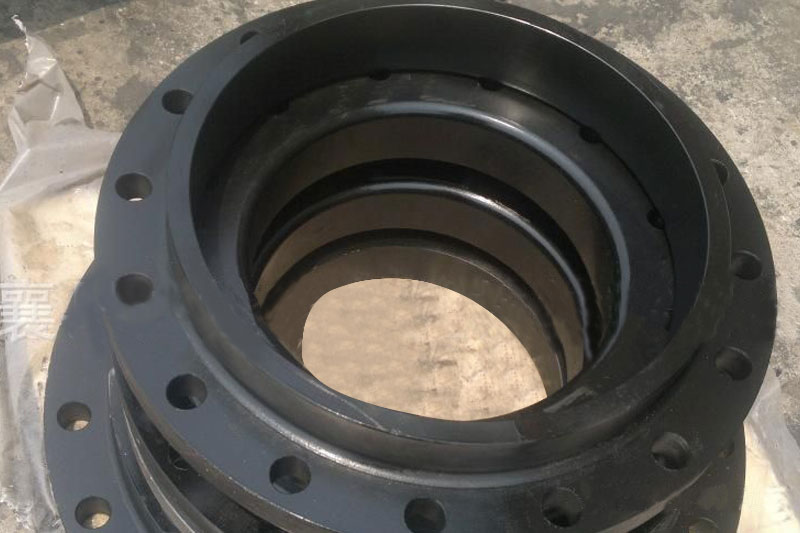What is the proper way to install flange covers for pipe protection from sdfbcx's blog
When it comes to pipe and flange protection, there are numerous factors to consider, including the wall thickness of the flange, the durability of the flange, the design of the flange cover, and the environment in which the flange will be used.
Damaged Blind pipe flanges can cause a variety of problems in addition to leaking and corrosion of pipe joints. A necessity for pipe assemblies is the use of flange covers, which are designed to provide protection and resistance against the elements to which they may be exposed. They protect the pipes from foreign objects such as debris, dust, moisture, cracks, and other such things that could damage them. There are many different types of flange dimensions to take into consideration when choosing the right cover for your flanges. When it comes to installing flange covers, there are a few steps that must be taken into consideration.
Flanges are available in a wide range of designs and sizes, and can be purchased at any time. Each flange is intended for a specific application and is constructed to work with a specific pipe type and environmental environment. In order to accommodate this, you will be able to choose covers with various flange dimensions. It is necessary to pay close attention to the design and structure of the flanges. In this way, you will be able to select the most appropriate flange cover for your flanges and avoid causing any damage to your pipes or flange system. The majority of the flanges are designed differently based on different standards and have varying requirements and specifications, which results in a diverse range of Blind pipe flanges. In the case of flange covers designed by the American National Standards Institute, there is a specific design and specification for the flange cover that they have developed.

Choosing the most appropriate flange covers for your application
Similarly to the numerous different types of flanges to choose from, flange covers can be found in a wide range of sizes, shapes, and materials. Selecting the most appropriate flange cover for your flange type and application will depend on the thickness of your flange. Flange covers are typically made of plastic and are available in a variety of colors and materials, including vinyl, polyethylene, polyurethane, and other synthetic fibers and materials. A similar statement can be made about the various types of Lap joint pipe flanges available on the market. Although some flanges are made of plastics such as vinyl and composites, the majority of flanges are made of stainless steel, which allows for better corrosion and damage resistance. As a result, you will always be able to choose the flanges that are most appropriate for your needs. When purchasing flange covers, the following are some of the most important considerations to keep in mind: quality, durability, design, price, and corrosion resistance, among other things.
Flange Covers are used to protect flanges from damage.
The majority of the time, flange covers are straightforward to install, provided that you carefully follow all of the installation instructions. Various weights, thicknesses, and dimensions are available on the market to accommodate a wide range of flange sizes and weights. Then, after you've determined which flange cover is the most appropriate for your flange system, you can start worrying about how you're going to install them. The process of installing flange covers is relatively straightforward.
The proper installation of flange covers requires a thorough understanding of the wall thickness, dimensions, and designs of the flanges as well as the application requirements. Several different types of flanges are available, each with their own set of requirements and each with their own set of application possibilities. It is recommended that you consult with an experienced professional before making any decisions about flange covers for your flange system. You must make a material selection based on the environment and the type of flange being used. There are a number of different options available. After conducting extensive research and consulting with a plumber or other expert, you will be able to select the flange cover that is most appropriate for your requirements. Make sure that you carefully follow the instructions in the proper installation guide and that you take all necessary safety precautions, including wearing gloves and avoiding contact with the eyes, among other things. Always remember the most important rule: safety comes first!

The Wall